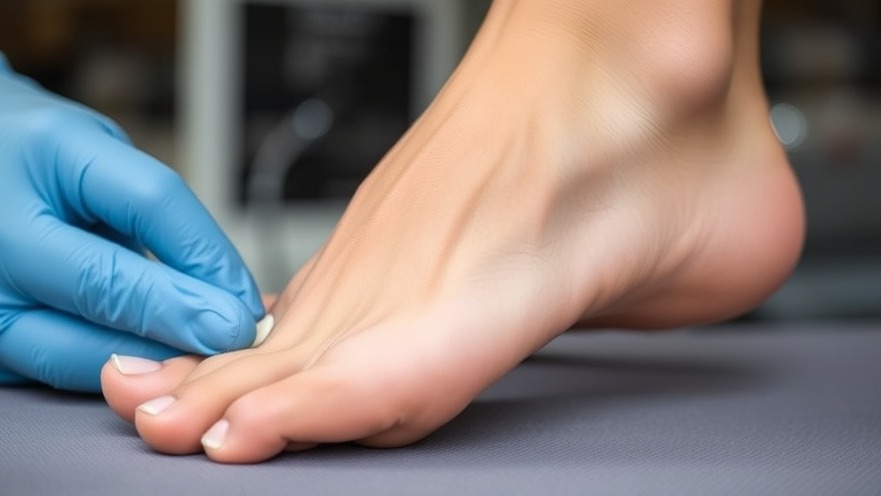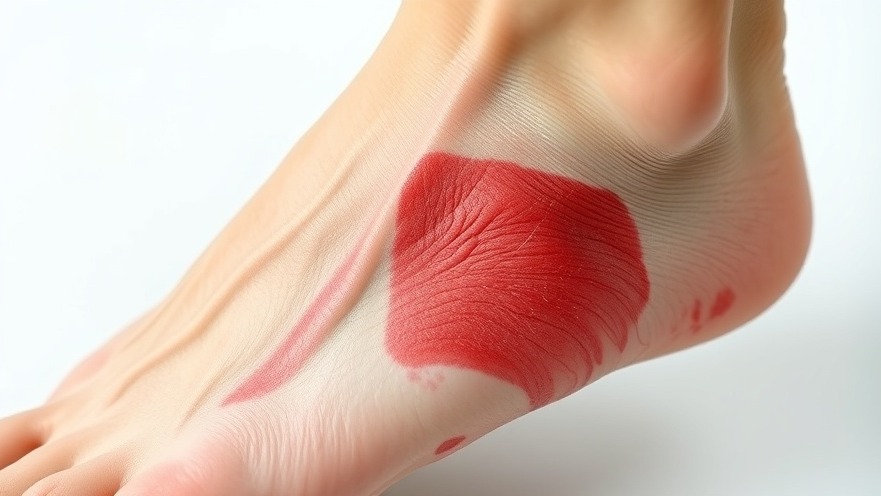
An Essential Question: Can Orthotics Improve My Balance?
As we age, our balance becomes increasingly essential for maintaining our overall health and quality of life. But can orthotics, or special shoe inserts, actually assist in improving balance? The answer is complex and often varies based on individual needs. What is clear, however, is that understanding balance is crucial for everyone, particularly as we grow older.
Understanding Balance: More Than Just Equilibrium
Balance is not merely about standing still or not falling; it encompasses the body’s ability to maintain its center of gravity over its base of support. This intricate process involves your nerves, joints, eyes, and ears. Balance relies heavily on the proprioceptive system, which provides feedback about body positioning. For individuals experiencing balance issues, particularly seniors and those with certain medical conditions, optimizing foot input is essential. This is where orthotics come into play.
How Can Orthotics Enhance Stability?
Research indicates that orthotics can significantly improve balance across various populations:
Older Adults: A systematic review in 2016 found that thin, hard-soled shoes paired with orthotics can enhance postural stability, thus reducing fall risks for the elderly. This combination is crucial as softer shoes can disrupt balance.
Children with Hypermobility: Studies have shown that children with Joint Hypermobility Syndrome (JHS) can achieve better gait and balance when wearing orthotics. Although these children may appear less coordinated, orthotics can offer immediate benefits to their motion and stability.
Diabetic Patients: A 2022 study demonstrated that textured insoles improved balance in individuals with diabetic neuropathy by providing sensory feedback. Surprisingly, these individuals reported better stability even with diminished foot sensation.
Post-Injury Rehabilitation: For those recovering from a lateral ankle sprain, research advocates the use of orthotics for enhanced stability and decreased postural sway, which is vital for effective rehabilitation.
Testing Your Balance: The Old Man Test
Curious about where your balance stands? The Old Man Test is a simple, at-home challenge that involves standing on one foot while putting on your shoes and socks. Limiting your support will give you insight into your balance capabilities and help track improvement over time.
The Bigger Picture: Why Balance Matters
Improving balance is not merely about preventing falls; it contributes to a sense of autonomy and confidence in daily activities. As we incorporate more fitness into our routines, balancing exercises can further enhance strength and coordination, reducing the risk of injury during other physical activities.
Final Thoughts: The Actionable Steps Forward
For individuals seeking to enhance their stability, particularly older adults and those with mobility impairments, consulting a healthcare provider about orthotics may be beneficial. Tailored recommendations can lead to the right orthotic devices that fit individual needs, enhancing balance and overall safety.
In your journey towards better balance, remember that awareness is key. Stay proactive about your health and consider seeking professional advice on how orthotics can positively contribute to your life.
 Add Row
Add Row  Add
Add 




Write A Comment